Chinese Lanterns
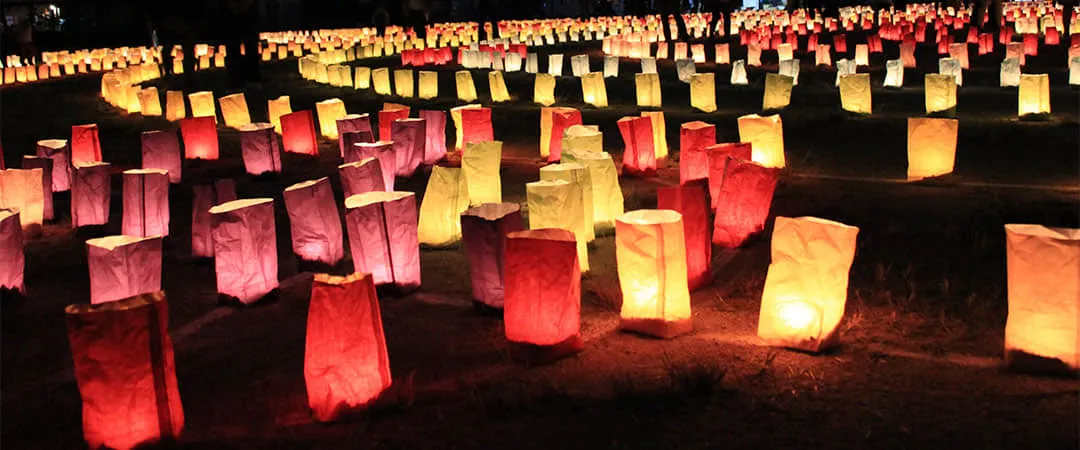
The Chinese lantern was used as a tool of illumination; it can be traced back to the West Han Dynasty (202BC-8AD). In ancient times, a lit lantern was a sign of the entrance to a house. Since its development, the lantern has been a classical Chinese symbol. The patterns in its design combine painting art, paper cutting, and embroidery. Hanging the big red lanterns symbolizes luck and prosperity, which shows on the streets during the major festivals.
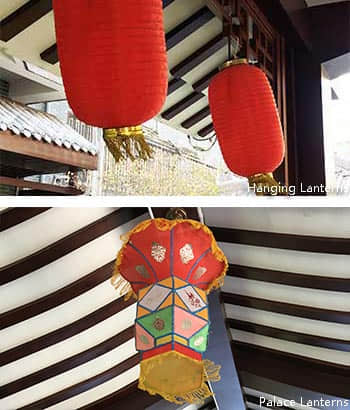
Hanging Lanterns
Lanterns in ancient times were shaped like a cage with a frame of thin bamboo and iron strips covered with paper or silk, and a candle lit inside it. As handicrafts are increasingly delicate, Chinese lanterns have developed into assorted and skillful artworks.
Palace Lanterns
The palace lanterns are specifically used in the imperial palace, starting from the East Han Dynasty (25AD-220AD) and flourishing in the Sui and the Tang Dynasty (581AD-907AD). The palace lanterns are tetrahedron, hexahedron, and octahedron. Each side was painted with auspicious pictures, and decorated with exquisite and complex ornaments to show regal splendor.
Sky lanterns

The most splendid view is when the sky lanterns are released at night. The sky lantern is made of rice paper as a lampshade and the flame propels the lantern from the bottom bracket. After releasing, the sky lanterns looks like small fireballs floating in the air.
Ice Lanterns
In Harbin, people obtain the necessary materials locally. Originally, a hollow ice lampshade was made with a bucketful of frozen water, with a candle or an oil lamp put in it. Nowadays, LED lamps are placed in each slot of ice cubes. The molds have become more diversified; lanterns come in different shapes, such as birds, animals, fruit, flowers, and fish.

OR
Are you eager to begin your Chinese cultural journey?
Drop us a line and we will promptly connect you with our leading China expert!
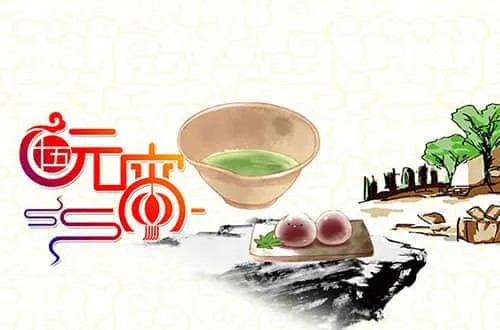 Chinese Lantern Festival
Chinese Lantern Festival 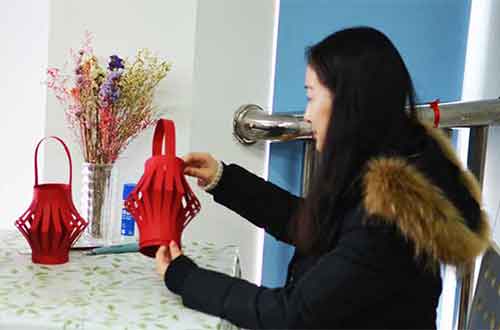 How to Make a Chinese Lantern
How to Make a Chinese Lantern 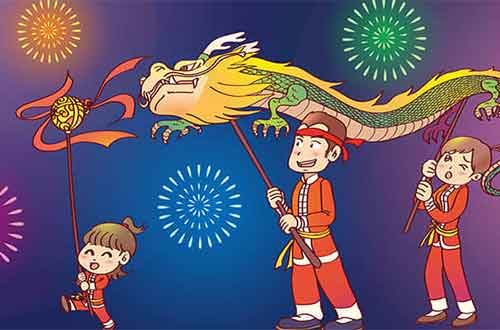 How Do Chinese Celebrate
How Do Chinese Celebrate  What is a Mooncake?
What is a Mooncake?